#indoor growing
Explore tagged Tumblr posts
Text

repost from pinterest user morenrobin1
but goals strain not listed
#indoor growing#420buds#420life#420stoner#canna#weedsociety#weed community#girls who smoke weed#weed strains#weedlife#smoke weed everyday#420daily#420weed#420girl#420culture#420photography#420memes
14 notes
·
View notes
Text
I'm gonna attempt to start growing a garden indoors here 😳 vertical gardening!
Anyone with some helpful tips for growing indoors would be helpful! The end goal is to have this producing year round! Starting small a cucumber plant, a tomato plant, herbs, peppers, perhaps some onions
7 notes
·
View notes
Text
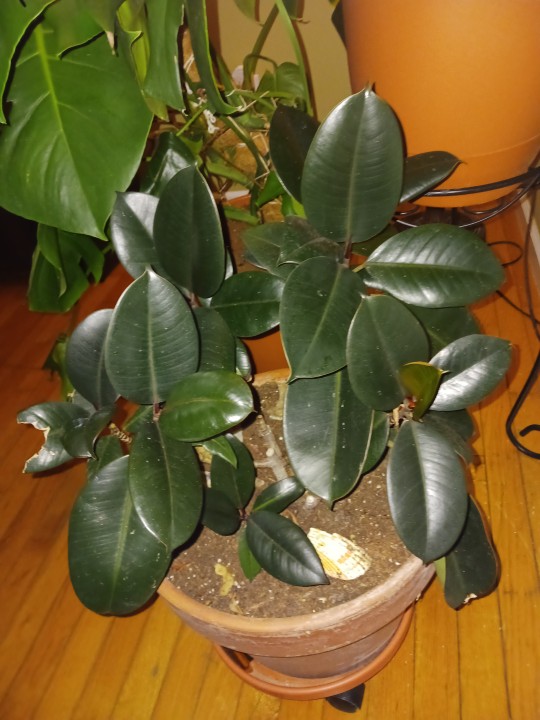


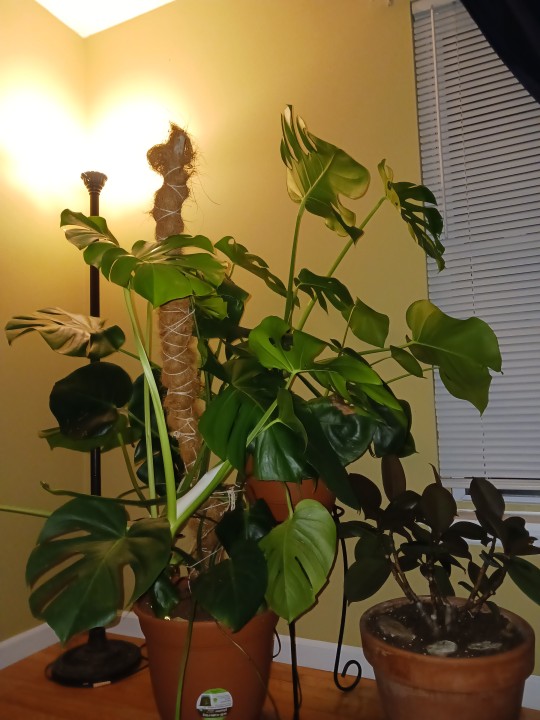
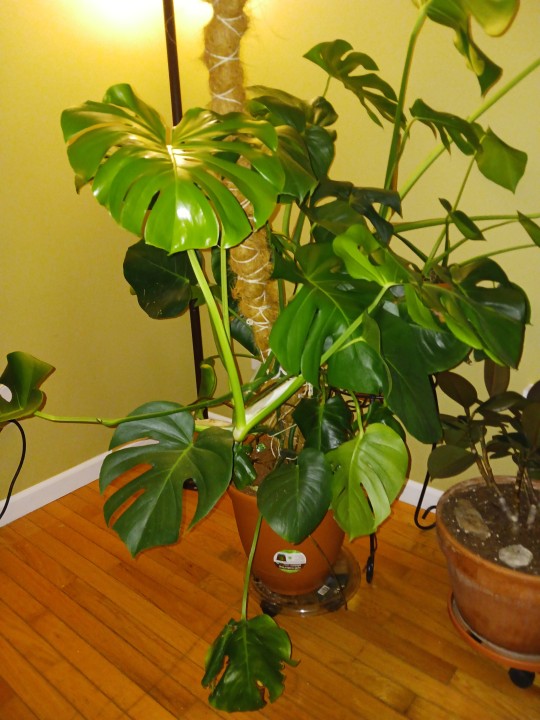
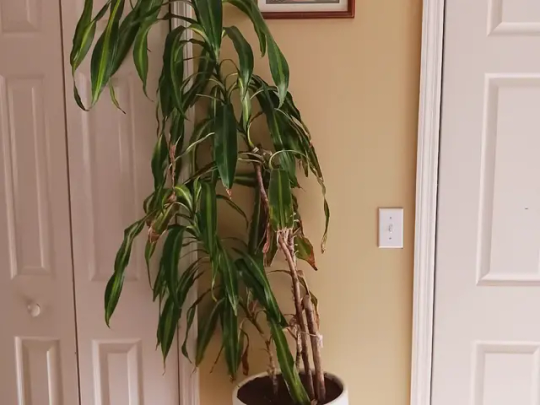
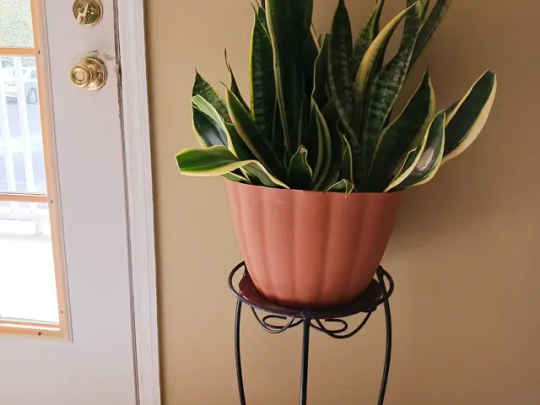
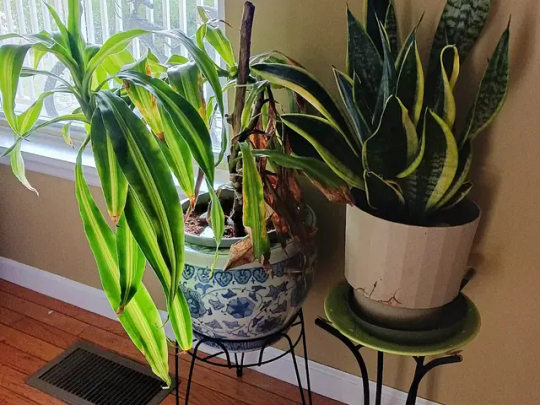

Blog post link at, Cacti blooming indoors Fall & winter garden
#appalachia#gardening#garden#indoor growing#indoor plants#indoor garden#houseplants#apartment garden#tropical houseplants#monstera plant
10 notes
·
View notes
Video
youtube
How to Start Loquat From Seeds Indoors
Loquat trees are tropical fruit trees that are beloved by many gardeners. The tree can grow up to 25 feet in height, and produce a sweet, tangy fruit that is delicious when eaten fresh or made into jams. Starting Loquat from seeds indoors is easy. This video will teach you how to start loquat from seeds indoors so keep watching!
#youtube#video#video youtube#my video#loquat#youtube video#youtube views#seed#seeds#starting seeds#indoor growing#fruit tree#fruit trees#grow your own
14 notes
·
View notes
Text

GARDENING
10 Reasons to Plant Lettuce now!
Growing your own lettuce at home comes with a host of benefits, contributing to both your health and the environment:
Freshness and Flavor: Homegrown lettuce is incredibly fresh, offering a vibrant taste that surpasses store-bought alternatives. Picking it straight from your garden ensures peak flavor and nutritional value.
Nutrient-Rich: Lettuce is a low-calorie food packed with essential nutrients like vitamins A and K, folate, and various antioxidants. Growing your own ensures that you have access to a nutrient-rich source without the potential loss of freshness during transportation and storage.
Cost-Effective: Cultivating lettuce at home can be cost-effective in the long run. Once you've established your lettuce plants, you can enjoy a continuous harvest without the need to purchase lettuce regularly.
Variety and Diversity: Home gardening allows you to choose from a wide variety of lettuce types, from crispy iceberg to nutrient-dense spinach or flavorful arugula. You can experiment with different cultivars and enjoy a diverse range of tastes and textures.
No Pesticide Residues: When you grow your own lettuce, you have control over the cultivation methods. You can choose organic practices or avoid the use of pesticides, reducing your exposure to chemical residues that may be present in store-bought produce.
Educational Experience: Growing lettuce provides an excellent opportunity for hands-on learning, whether for yourself or for children. It teaches valuable lessons about plant life cycles, gardening practices, and the importance of fresh, locally sourced food.
Reduced Environmental Impact: By growing your own lettuce, you contribute to reducing the environmental impact associated with the production, packaging, and transportation of commercially grown lettuce. This aligns with sustainable practices and reduces your carbon footprint.
Year-Round Availability: With indoor gardening or season extension techniques, you can potentially have fresh lettuce year-round. This availability ensures a constant supply of fresh greens for your salads and meals.
Physical Activity and Stress Relief: Gardening is a physical activity that promotes well-being and stress relief. Tending to your lettuce plants can be a therapeutic and enjoyable experience.
Satisfaction and Connection: There's a unique satisfaction in harvesting and enjoying the fruits of your own labor. Growing your own lettuce fosters a connection to your food, promoting a deeper appreciation for the entire process from seed to plate.
#lettuce#growyourown#garden#food#foodie#health#wellness#growmore#salad#growfood#growth#healthtips#selfcare#self love#holistic health#indoor garden#indoor growing
5 notes
·
View notes
Text
Growing Vegetables Indoors: A Guide to Cultivating Fresh Greens at Home
Learn how to cultivate a thriving indoor vegetable garden with our comprehensive guide. Discover the best vegetables that can be grown indoors, bringing nature's bounty right into your living space. Whether you have a spacious apartment or a cozy corner, we'll show you the steps to successfully nurture vibrant greens, crunchy herbs, and colorful veggies. Say goodbye to grocery store runs for these essentials as we delve into the world of container gardening, hydroponics, and vertical setups. From leafy favorites like spinach and kale to aromatic herbs like basil and mint, we'll cover the spectrum of vegetables that flourish indoors. Read more
#indoor garden#indoor growing#vegtables#gardening tips#gardening#plants#container garden#home garden
2 notes
·
View notes
Text
Building a DIY Hydroponic System: Unleash Your Inner Plant Scientist!
In recent years, hydroponics has gained popularity as a modern and efficient way of growing plants without soil. DIY hydroponic systems have become a favorite among gardening enthusiasts who want to take control of their food production and enjoy the benefits of fresh, pesticide-free produce. In this article, we will guide you through the process of building your own DIY hydroponic system, step by step. Whether you're a seasoned gardener or a novice, this guide will help you create a thriving indoor garden.
What is a DIY Hydroponic System?
A DIY hydroponic system is a method of growing plants in a soilless environment, using water, nutrients, and a growing medium. Instead of relying on traditional soil-based cultivation, plants are placed in a nutrient-rich water solution, allowing their roots to directly absorb the necessary elements for growth. This method provides several advantages, including faster growth rates, higher yields, and the ability to grow plants in limited space.
Benefits of a DIY Hydroponic System
Space Efficiency: DIY hydroponic systems are ideal for small spaces, as they can be tailored to fit any area, whether it's a balcony, a basement, or a spare room.
Water Conservation: Hydroponic systems use up to 90% less water compared to traditional soil-based gardening, making them an eco-friendly choice.
Year-Round Cultivation: With a hydroponic system, you can grow plants all year long, regardless of the weather conditions, extending your gardening season.
Pest and Disease Control: By eliminating soil, you reduce the risk of soil-borne pests and diseases, resulting in healthier plants.
Choosing the Right Setup
Before diving into the construction of your DIY hydroponic system, it's essential to consider the setup that suits your needs best. There are various types of hydroponic systems to choose from, including deep water culture (DWC), nutrient film technique (NFT), and drip systems. Each has its own advantages and considerations, such as space requirements, complexity, and the types of plants you can grow. Click here to buy!
Check out this tutorial to learn how to build your ebb and flow hydroponics system! DIY Ebb And Flow Hydroponic System.
Building Your DIY Hydroponic System
To build your own DIY hydroponic system, you'll need some basic materials and tools. Here's a list to get you started:
Reservoir (container to hold the nutrient solution)
Growing tray (where the plants will be placed)
Pump and tubing (to circulate the nutrient solution)
Lighting system (to provide the necessary light for plant growth)
Growing medium (to support the plants)
Nutrient solution (to provide essential plant nutrients)
Step 1: Determine the System Type
Decide on the type of hydroponic system you want to build based on your available space, budget, and personal preferences. Consider factors like ease of maintenance and the types of plants you want to grow.
Step 2: Build the Reservoir
The reservoir is where the nutrient solution will be stored. Choose a container that is large enough to accommodate your plants' needs and ensure it has a lid to prevent evaporation.
Step 3: Construct the Growing Tray
The growing tray will hold the plants and the growing medium. Construct a sturdy tray that fits your chosen system type and has proper drainage to avoid waterlogging.
Step 4: Install the Pump and Tubing
The pump and tubing will circulate the nutrient solution from the reservoir to the plants. Install them properly, ensuring the pump is reliable and the tubing reaches all areas of the growing tray.
Step 5: Set Up the Lighting
Lighting is crucial for plant growth, especially in indoor settings. Choose appropriate grow lights based on the plants you want to grow and position them at the correct height and angle to provide optimal light coverage.
Step 6: Add the Nutrient Solution
Mix the nutrient solution according to the instructions provided by the manufacturer. Fill the reservoir with the solution and monitor its pH and nutrient levels regularly to ensure healthy plant growth.
Step 7: Planting and Maintenance
Plant your chosen seeds or seedlings in the growing medium, ensuring they are properly spaced. Monitor the system regularly, checking pH levels, nutrient concentrations, and water levels. Make adjustments as necessary and prune plants when needed.
Troubleshooting Tips
If plants show signs of nutrient deficiencies or excesses, adjust the nutrient solution accordingly.
Ensure the pH levels are within the appropriate range for your chosen plants.
Keep an eye out for pests or diseases and take prompt action to prevent their spread.
Regularly clean and maintain the system to avoid clogs and blockages.
To learn how to build your vertical hydroponics system, check out this tutorial! Vertical Hydroponics DIY
Conclusion
Building your own DIY hydroponic system opens up a world of possibilities for indoor gardening. With a well-designed setup and the right care, you can enjoy fresh and healthy produce throughout the year. Experiment with different plant varieties and explore the fascinating world of hydroponics. Start your journey towards sustainable and efficient gardening today! Don't forget to choose these tools from Shopbestgoods.com!
FAQs
1. What vegetables can I grow in a DIY hydroponic system?
Leafy greens like lettuce, spinach, and kale, as well as herbs like basil and mint, are popular choices. You can also grow tomatoes, cucumbers, peppers, and strawberries.
2. How often should I change the nutrient solution?
It's recommended to change the nutrient solution every two to three weeks to maintain the proper balance of nutrients. However, monitor the solution's pH and nutrient levels regularly and adjust as needed.
3. Can I use tap water for my hydroponic system?
Tap water can be used in a hydroponic system, but it may contain chemicals like chlorine or high mineral content. It's advisable to filter or treat the tap water before using it to ensure optimal plant health.
4. Do I need to adjust pH levels in a hydroponic system?
Yes, maintaining the correct pH level is crucial for nutrient uptake by the plants. Most plants thrive in a pH range of 5.5 to 6.5. Use a pH testing kit and adjust the pH using pH-up or pH-down solutions if necessary.
5. Can I use a DIY hydroponic system for indoor gardening?
Absolutely! DIY hydroponic systems are particularly well-suited for indoor gardening. With proper lighting and care, you can enjoy the benefits of growing your own fresh produce in the comfort of your home.
#hydroponic#hydropnics#indoor gardening#indoor growing#hydroponic system#hydroponic box#ShopBestGoods#hydroponic garden#hydroponic farming
3 notes
·
View notes
Text
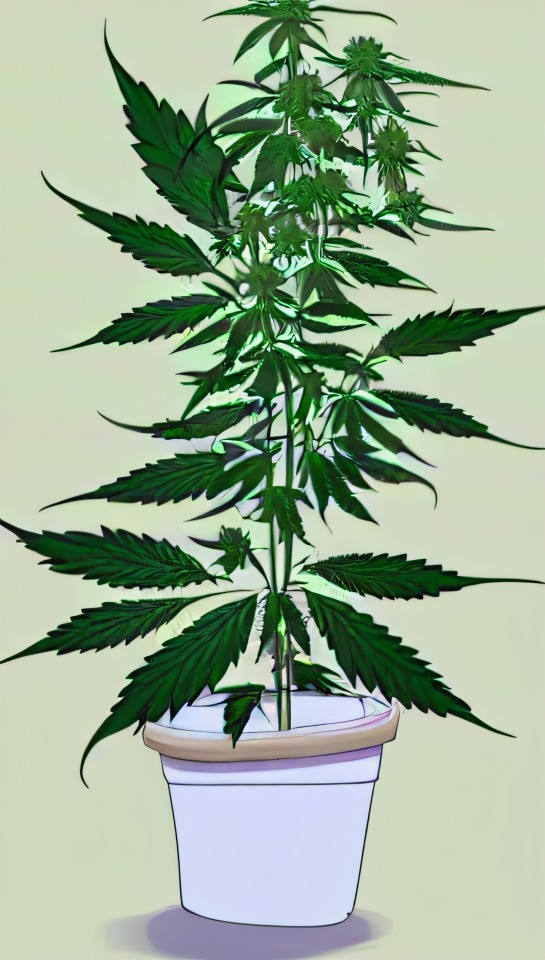
Cannabis is a flowering plant that belongs to the Cannabaceae family. The plant has distinct characteristics, including palmate leaves with serrated edges and serrated leaflets. It is dioecious, meaning that it has separate male and female plants. The female flowers, known as buds, contain the highest concentration of cannabinoids, which are the chemical compounds responsible for the plant's effects.
#smoke weed#stonerz#seeds#marihuana#growing cannabis#cannabis#marijuana#marijuana news#indoor growing#gethigh
4 notes
·
View notes
Text
#flaschengarten#inneneinrichtung#beleuchtung#natur#pflanzen#dekoration#indoor garden#indoor growing#indoorjungle#interiors#plantaddict#aquarium#terrarium#dekoinspiration
5 notes
·
View notes
Text

where my 🍃 lovers @ ?
#girls who smoke weed#indoor growing#420buds#420life#420stoner#canna#smoke weed everyday#weedlife#weedsociety#weed strains#weed community#weed gummies#tw weed#cannabis#cannacommunity#cannablr#cannagirl#cannalife#420daily#420weed#420culture#420photography#420memes#420girl#explore#snoop dogg#cheech and chong#nirvana
8 notes
·
View notes
Text
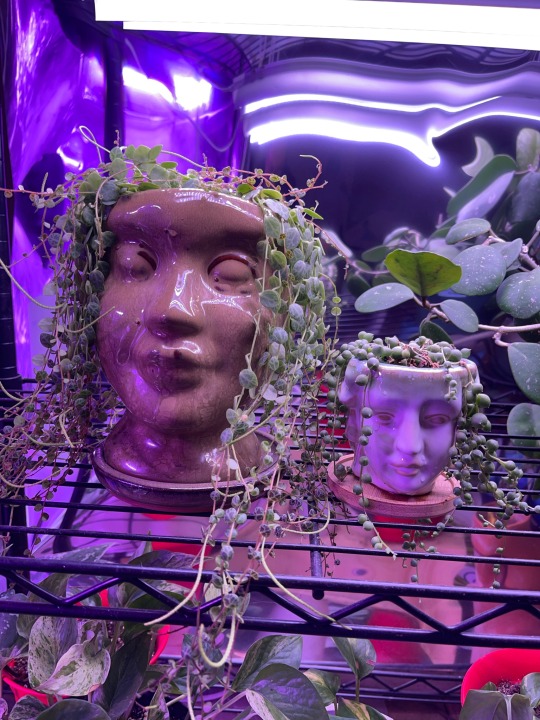
3 notes
·
View notes
Text
Indoor flower room at my job

4 notes
·
View notes
Text

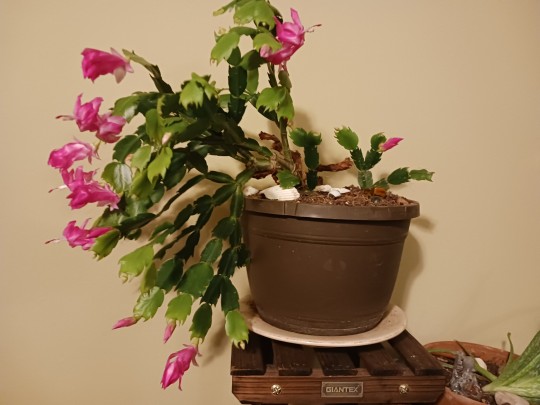


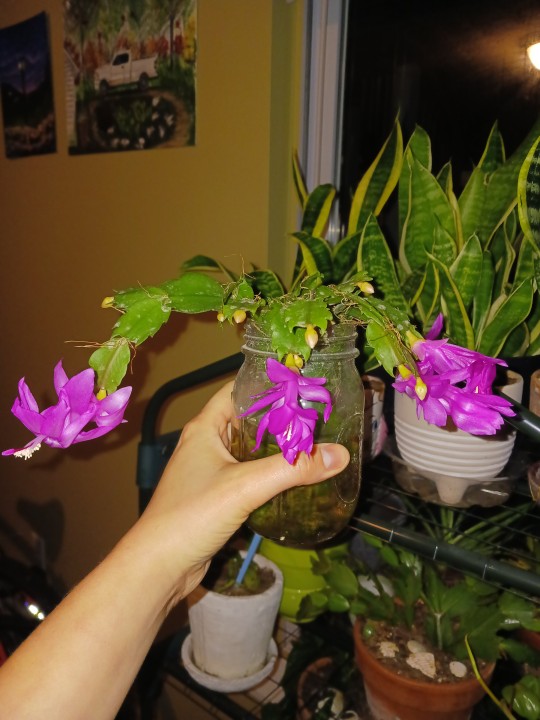

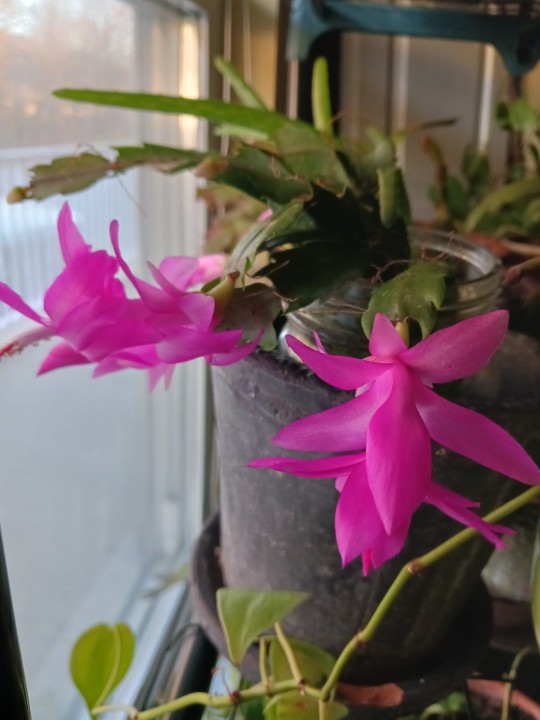
Friday, November 9th, 2023
Blog post link at, Cacti blooming indoors Fall & winter garden
#indoor growing#indoor plants#indoor garden#apartment garden#houseplants#cacti#cactus#thanksiving cactus#blooming cactus#blooming houseplant
2 notes
·
View notes
Text
growshow tokesntalk boomer learning to grow series vaping Northern lights
youtube
here I show the current sad state of my grow, both my kristis afghani from regular seeds in 4x4 & my auto grow in 2x2. only on YouTube, 2 minutes.
#show and tell#indoor growing#gardening#cannabis#boomer learning series#boomer learning to grow series#Youtube
1 note
·
View note
Text

Gardening on my day off! Very enriching
1 note
·
View note
Text

Hey abby OG hydroponics growing system utilizes state of the art technology to simulate sunlight, monitor and regulate environmental factors, and maintain healthy water circulation.Enjoy high yields on a smaller budget with the fully automated Hey abby Grow Box 420 Edition. Grow your own plants easily with our intelligent algorithms and holistic environmental simulators.
https://bit.ly/3EtDUj6
#home and garden#vertical garden#garden#herbs#veg garden#vegan#vegetable gardening#indoor growing#indoor garden
0 notes